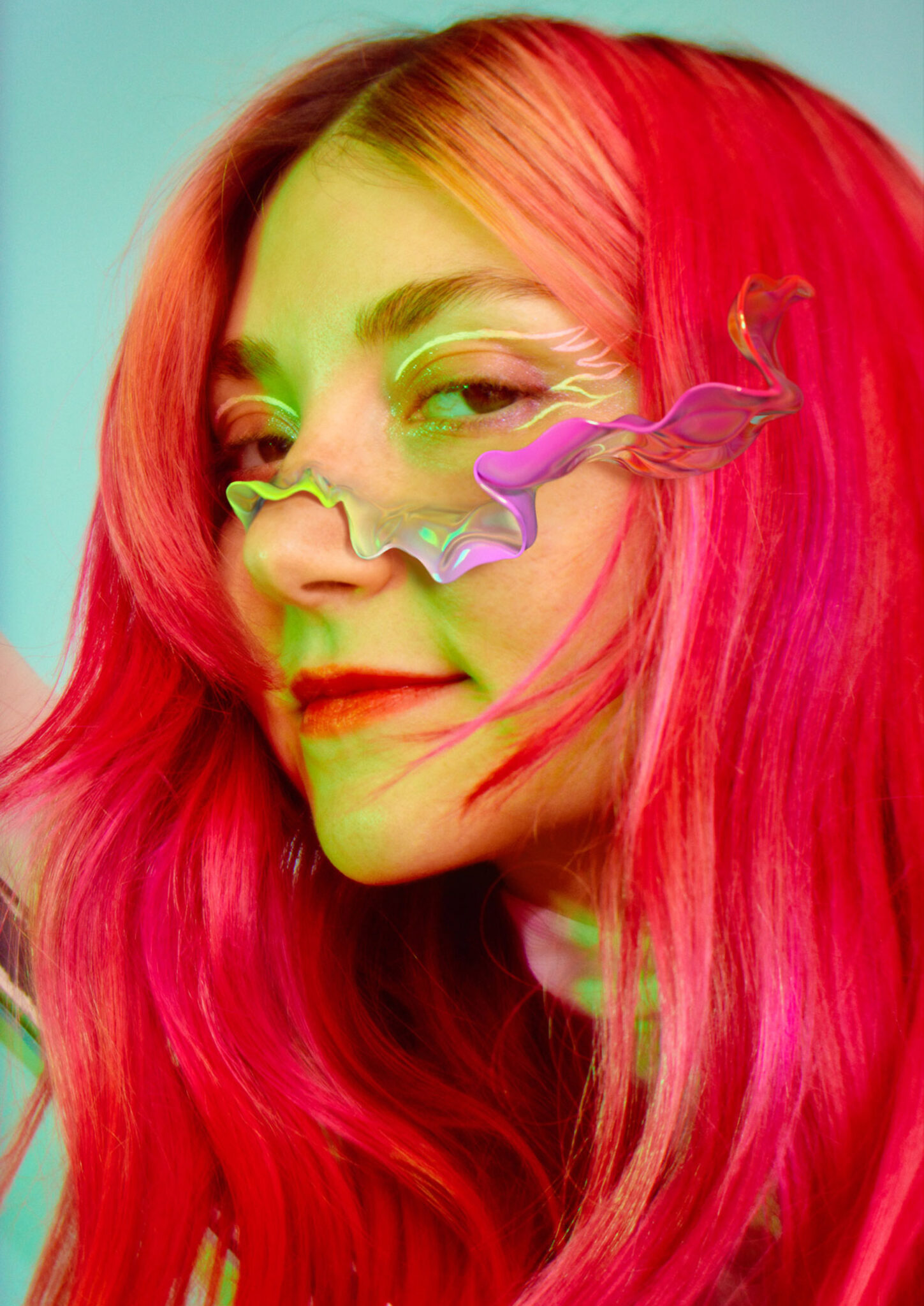
QUBIT AI: Ines Alpha
3D Makeup
FILE 2024 | Installations
International Electronic Language Festival
Ines Alpha, a digital artist specializing in 3D makeup, constantly seeks artistic collaborations that transcend her own face. Working only on her personal characteristics became restrictive and monotonous for Ines. Starting from faces as blank canvases, she incorporates digital elements that ‘amplify‘ unique personalities, styles and essences.
Bio
Ines Alpha is a digital artist internationally recognized for her unique 3D makeup style, developed while working in the beauty industry as an art director. Her innovative approach combines makeup with technology, creating ethereal and futuristic narratives, and redefining the future of aesthetics in the world of beauty.
Photo
Diane Sagnier







